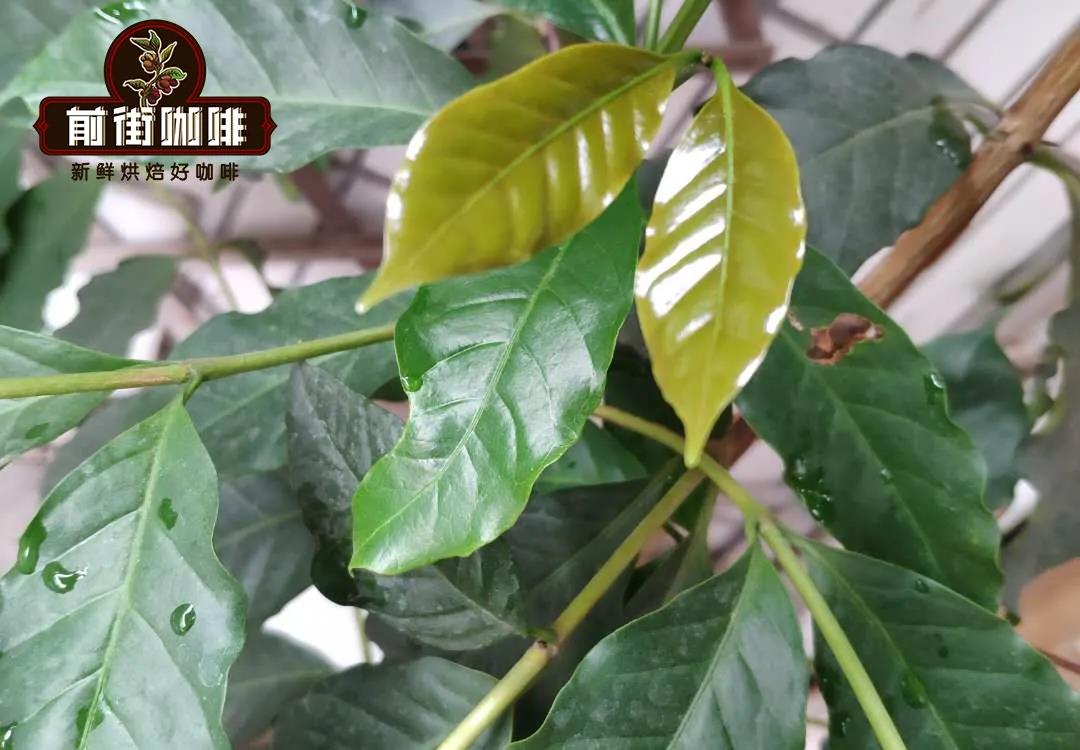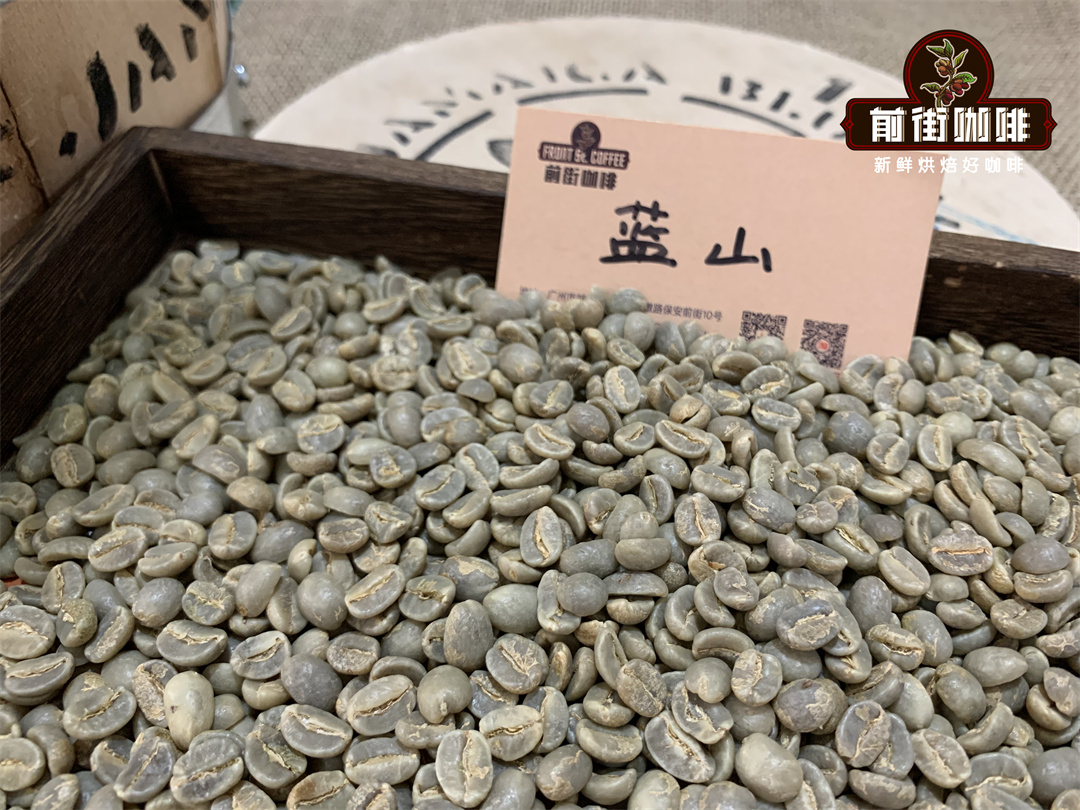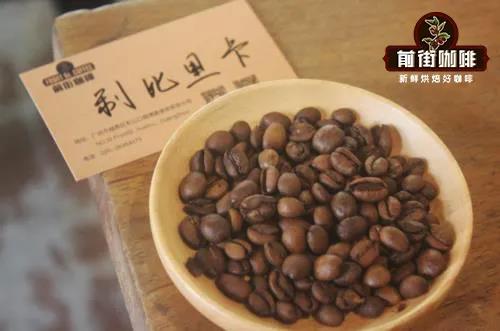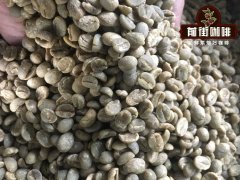General situation of coffee varieties what are the main varieties of coffee?

Professional coffee knowledge exchange more coffee bean consultation please follow the coffee workshop (Wechat official account cafe_style)
It is understood that the variety of coffee trees can be described as all-inclusive, with a variety of varieties and flavors that are amazing, but not many of them are cultivated as drinking coffee.
What is the secret of the coffee tree native to Africa? let Qianjie Coffee find out.
In plant taxonomy, coffee belongs to the Rubiaceae family. There are at least 100 coffee species under it, and about 80 coffee tree varieties have been identified, of which three are cultivated for drinking coffee. they are Arabica coffee, Robusta coffee, and Liberika coffee.

So what are the characteristics of each of the three kinds of coffee?
Generally speaking, Arabica is mainly used in single or boutique coffee, while Robusta is used to make instant coffee. Although Arabica can be defined as premium coffee and Robusta as secondary, it does not have to be classified in this way, and it is more appropriate to distinguish it according to its own favorite taste. In terms of taste, the United States and Japan drink light coffee made from Arabica more often, while Europe prefers Italian concentrate made from a mixture of Arabica and Robusta.
Arabica (Arabica): premium coffee beans with excellent flavor and aroma
Arabica is a representative variety of Ethiopia of origin, and it is also produced in South Africa, Africa, Asia and other countries, accounting for 70% to 75% of the world's coffee production. Arabica has weak resistance to diseases and insect pests, so the highland area is more suitable for cultivation, especially the quality of Arabica coffee beans produced in the highland above 1500 meters is the best.

The good quality produced by the effort like this, with a balanced flavor, taste and aroma, can be certified as high-grade coffee beans, mainly used in individual coffee or boutique coffee. The three well-known coffee beans: Kona in Hawaii, Blue Mountain in Jamaica and Moka in Yemen, belong to the Arabica variety. Arabica raw beans have a dark, narrow appearance, known as the highest quality of high-quality Arabica varieties, characterized by sweet, sour and aroma and other rich flavor.

In terms of flavor, Arabica coffee beans are considered to have the best flavor, and have been used in the boutique coffee consumption market since the emergence of the concept of boutique coffee. A subgenus of Arabica coffee, Ironpika Coffee, has high acidity and high cup test scores, and has excellent genes as the oldest coffee variety. And now in the boutique coffee market, Rosa coffee, which is known to all, conquers the taste buds of coffee customers with its fresh floral fragrance and comfortable acidity.
Robusta: strong sour taste and strong taste
Robusta is of African origin and accounts for 30% of the world's coffee production. The word Robusta means "tenacity". In fact, this kind of coffee tree is not only resistant to diseases and insect pests, but can survive in any soil, even in the wild. Therefore, it can also be planted in high-temperature areas, growing fast and easy to cultivate, and has the advantage of low price, which is mainly used to mix beans or make instant coffee as the main raw material. Some Robusta produced in India, Africa, Brazil and other places have a strong sour taste, high caffeine content and rich taste.
Compared with Arabica, robusta coffee contains higher levels of caffeine, amino acids and chlorogenic acid, which is the source of bitter taste, so robusta is born without the elegant aroma of Arabica beans. It is replaced by a fuller, lower taste, coffee oil will be richer, as well as walnut, peanut, hazelnut, wheat, grain and other flavors, and even a pungent local flavor. It also benefits from Robusta's rich caffeine, which is generally used as a raw material for instant coffee. In order to show the rich coffee fat, some Italian coffee blends will also add the right amount of Robusta coffee beans. Recently, there are also varieties of Arabusta, which mate with Arabica varieties and have better taste and aroma.

The appearance of Robusta is bulging oval, and raw beans are light brown or yellowish brown with grass green and yellow luster. Compared with Arabica varieties, the taste is more fragrant and lighter, with less sour taste and more bitter taste.
Liberica: thick and smoky aromas of nuts and dark chocolate.
And it's hard to accept because of the strong sense of smoke. Some people even describe it as liquid tobacco because it produces a thick smoky smell and smell similar to that of actual tobacco plants. Filipinos even call this coffee "Kape Barako", which can be understood as "strong man coffee".

Of the three coffee varieties, Liberica has the lowest caffeine content. Robusta has the highest content, with 2.26 grams of caffeine per 100 grams of beans. Arabica coffee is second only to 1.61 grams of caffeine per 100 grams of beans. Liberica contains only 1.23 grams of caffeine per 100 grams of beans. Liberica is also often used as a raw material for instant coffee, and in the Philippines, "Kape Barako" has become a must for breakfast coffee of the older generation. In Malaysia, Liberica coffee beans are made as a local specialty-white coffee.
For more boutique coffee beans, please add private Qianjie coffee on Wechat. WeChat account: kaixinguoguo0925
Important Notice :
前街咖啡 FrontStreet Coffee has moved to new addredd:
FrontStreet Coffee Address: 315,Donghua East Road,GuangZhou
Tel:020 38364473
- Prev

General situation of coffee varieties
◆ all column document list (use the right mouse button pop-up menu) ID select article title update time category Click HTML permission to read the publisher to operate 142650 coffee in the inferior acid how to avoid? [photo] 2021-05-27 Coffee knowledge 56 not generated for review not opened Jin 142422 Robusta Coffee beans Robbins Taga, Vietnam
- Next

Introduction to coffee bean roasting how to distinguish the characteristics of coffee beans with defective beans
The roasting of coffee beans is like the cooking of ingredients. The roaster's knowledge of raw coffee beans is as important as the chef's understanding of ingredients. Chefs have to experience loading before going to the stove, in order to do a good job in basic skills. The same is true of roasting, before tampering with the roaster, a comprehensive understanding of raw coffee beans lays a decisive foundation for future roasting.
Related
- Detailed explanation of Jadeite planting Land in Panamanian Jadeite Manor introduction to the grading system of Jadeite competitive bidding, Red bid, Green bid and Rose Summer
- Story of Coffee planting in Brenka region of Costa Rica Stonehenge Manor anaerobic heavy honey treatment of flavor mouth
- What's on the barrel of Blue Mountain Coffee beans?
- Can American coffee also pull flowers? How to use hot American style to pull out a good-looking pattern?
- Can you make a cold extract with coffee beans? What is the right proportion for cold-extracted coffee formula?
- Indonesian PWN Gold Mandrine Coffee Origin Features Flavor How to Chong? Mandolin coffee is American.
- A brief introduction to the flavor characteristics of Brazilian yellow bourbon coffee beans
- What is the effect of different water quality on the flavor of cold-extracted coffee? What kind of water is best for brewing coffee?
- Why do you think of Rose Summer whenever you mention Panamanian coffee?
- Introduction to the characteristics of authentic blue mountain coffee bean producing areas? What is the CIB Coffee Authority in Jamaica?

